Filter by

Crowds : ethnographic encounters
- Edition
- -
- ISBN/ISSN
- 9781003085133
- Collation
- -
- Series Title
- -
- Call Number
- -
- Edition
- -
- ISBN/ISSN
- 9781003085133
- Collation
- -
- Series Title
- -
- Call Number
- -

Community development and schools: conflict, power and promise
Community development and schools : interrelationships, conflict and power / Mildred E. Warner, Jason Reece, Xue Zhang -- Youth demographic trends and equity considerations / Jason Reece -- The cost of tax incentives to public schools / Christine Wen, Greg LeRoy -- Urban schools and the growth machine / Jason Reece and Victoria Abou-Ghalioum -- School-centered community development : lessons fr…
- Edition
- -
- ISBN/ISSN
- 9781003463412
- Collation
- -
- Series Title
- -
- Call Number
- -
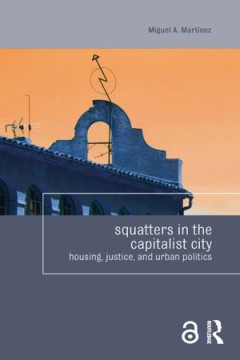
Squatters in the Capitalist City: Housing, Justice, and Urban Politics
To date, there has been no comprehensive analysis of the disperse research on the squatters’ movement in Europe. In Squatters in the Capitalist City, Miguel A. Martínez López presents a critical review of the current research on squatting and of the historical development of the movements in European cities according to their major social, political and spatial dimensions. Comparing citi…
- Edition
- -
- ISBN/ISSN
- 9781317514749
- Collation
- -
- Series Title
- -
- Call Number
- 720 MAR s
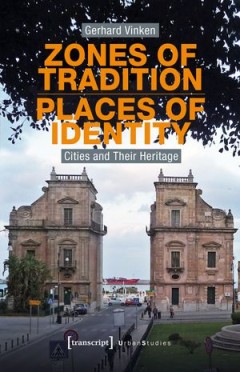
Zones of Tradition - Places of Identity: Cities and Their Heritage
What is the heritage of our cities? Which are the monuments, places, and spaces in which it accumulates, and by which practices is it formed, handed down, appropriated? Gerhard Vinken takes the readers to twelve cities on three continents and analyses the diverse and contradictory heritage formations that have had a lasting impact on urban life. The vitality of urban heritage, as these vivid an…
- Edition
- -
- ISBN/ISSN
- 9783839454466
- Collation
- -
- Series Title
- -
- Call Number
- 307.2 VIN z
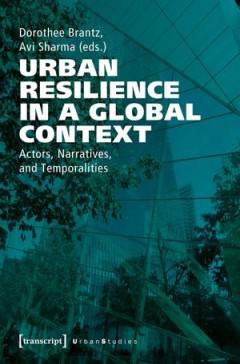
Urban Resilience in a Global Context: Actors, Narratives, and Temporalities
Urban Resilience is seen by many as a tool to mitigate harm in times of extreme social, political, financial, and environmental stress. Despite its widespread usage, however, resilience is used in different ways by policy makers, activists, academics, and practitioners. Some see it as a key to unlocking a more stable and secure urban future in times of extreme global insecurity; for others, it …
- Edition
- -
- ISBN/ISSN
- 9783839450185
- Collation
- -
- Series Title
- -
- Call Number
- 307.2 URB u
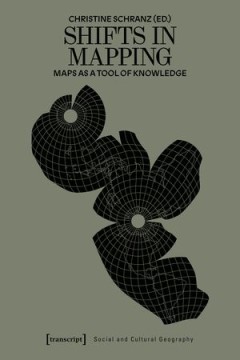
Shifts in Mapping: Maps as a Tool of Knowledge
Depicting the world, territory, and geopolitical realities involves a high degree of interpretation and imagination. It is never neutral. Cartography originated in ancient times to represent the world and to enable circulation, communication, and economic exchange. Today, IT companies are a driving force in this field and change our view of the world; how we communicate, navigate, and consume g…
- Edition
- -
- ISBN/ISSN
- 9783839460412
- Collation
- -
- Series Title
- -
- Call Number
- 307.2 SHI s
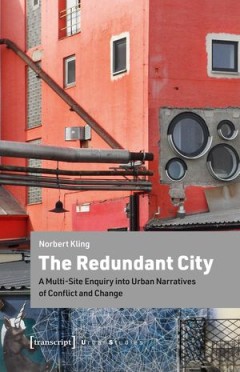
The Redundant City: A Multi-Site Enquiry into Urban Narratives of Conflict an…
Dynamic processes and conflicts are at the core of the urban condition. Against the background of continuous change in cities, concepts and assumptions about spatial transformations have to be constantly re-examined and revised. Norbert Kling explores the rich body of narrative knowledge in architecture and urbanism and confronts this knowledge with an empirically grounded situational analysis …
- Edition
- -
- ISBN/ISSN
- 9783839451144
- Collation
- -
- Series Title
- -
- Call Number
- 307.2 KLI r
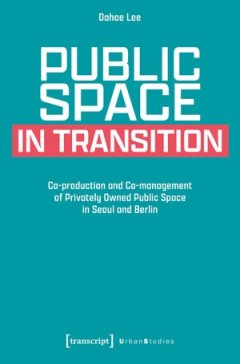
Public Space in Transition: Co-production and Co-management of Privately Owne…
Teheran-ro in Seoul and Mediaspree area in Berlin are pristine examples for public spaces with a history of rapid change in the context of broader political and economic transitions. Dahae Lee shows that in such a transitional context, the public sector alone is incapable to provide and manage public space. Hence, it engages private sector entities in the form of privately owned public space/s …
- Edition
- -
- ISBN/ISSN
- 9783839462324
- Collation
- -
- Series Title
- -
- Call Number
- 307.2 LEE p

Maritime Poetics: From Coast to Hinterland
In the past fifty years, port cities around the world have experienced considerable changes to their morphologies and their identities. The increasing intensification of global networks and logistics, and the resulting pressure on human societies and earthly environments have been characteristic of the rise of a »planetary age«. This volume engages with contemporary artistic practices and cri…
- Edition
- -
- ISBN/ISSN
- 9783732850235
- Collation
- -
- Series Title
- -
- Call Number
- 307.2 MAR m

Aesthetics of Gentrification Seductive Spaces and Exclusive Communities in t…
Gentrification is reshaping cities worldwide, resulting in seductive spaces and exclusive communities that aspire to innovation, creativity, sustainability, and technological sophistication. Gentrification is also contributing to growing social-spatial division and urban inequality and precarity. In a time of escalating housing crisis, unaffordable cities, and racial tension, scholars speak of …
- Edition
- -
- ISBN/ISSN
- -
- Collation
- -
- Series Title
- -
- Call Number
- -
 Computer Science, Information & General Works
Computer Science, Information & General Works  Philosophy & Psychology
Philosophy & Psychology  Religion
Religion  Social Sciences
Social Sciences  Language
Language  Pure Science
Pure Science  Applied Sciences
Applied Sciences  Art & Recreation
Art & Recreation  Literature
Literature  History & Geography
History & Geography